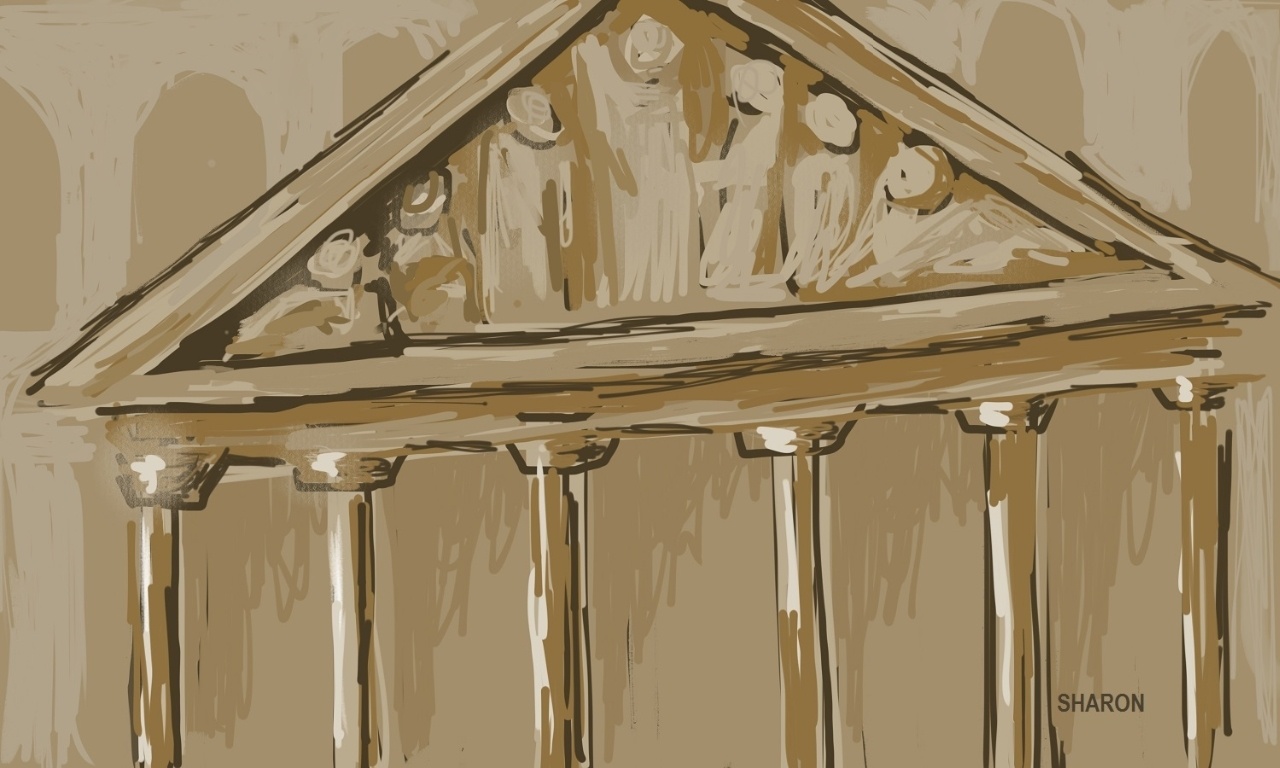National Latin Exam
Information for taking the National Latin Exam can be found at https://www.nle.org/Exams/Information#previousexam
There are also samples of old tests and answer keys that are very helpful for study.
100 most common words in Latin
The web site, Transparent Language has a list of the 100 most commonly used words in Latin. This can be very helpful when studying Latin. The list can be found at https://blogs.transparent.com/latin/100-most-common-words-in-latin/
Classical Latin, Medieval Latin and Neo Latin
The Latin language has developed over time. Classical Latin refers to Latin of ancient Roman times, up to approximately the 3rd century, in particular the 1st century B.C. and the 1st and 2nd centuries A. D. The dates are approximate. Late Latin covers the late Roman time period, after the Fall of Rome and into the Middle Ages, from about the 3rd century to 600 - 700 AD. Medieval Latin would be from 700 to 1500 and would include the works of Peter Abelard among others. Neo Latin would refer to Latin from the Renaissance forward, from approximately 1375 A.D. Modern uses of Latin, including scientific names for plants and animals, draws from Neo Latin.
Writers during the Classical period include works by Cato, Cicero, Julius Caesar, Ovid and Virgil among others. In the first century BC Cicero tried to prevent the Roman Republic (which lasted until 27 BC) from being taken over by a dictator. Tacitus was a historian who lived from 56 AD to 117 AD and whose works included The Annals and Histories. The poet Virgil lived from 70 BC to 19 BC and is known for writing the Aeneid.
Vulgar Latin referred to Latin spoken by the common people as opposed to the more refined Classical Latin. Vulgar then meant commonplace, ordinary speech, and did not have the present day meaning of being in bad taste.
For samples of Neo Latin readings, visite the following:
http://www.thelatinlibrary.com/neo.html
Ecclesiastical Latin is Latin as it is used in the Catholic Church. To combat differences in pronunciation from country to country, in 1912 Pope Pius X wanted to standardize Ecclesiatical Latin and encouraged all churches to adopt the Italian Latin pronunciation.
A web page providing information on how Eccliastical Latin is pronounced can be found at
https://www.ewtn.com/expert/answers/ecclesiastical_latin.htm
Nova Roma
Nova Roma is a web site dedicated to restoring Roman language and culture and is a fascinating web site. It can be found at NovaRoma
Roman Numerals
It is good to know Roman numerals since they are still used today. Here are a few basic one:
I = 1 IV = 4 V = 5 VI = 6 IX = 9
X = 10 XV = 15 XX = 20 L = 50 D = 500
M = 1,000
To reach a web site that will convert large numbers into Roman numerals, click on this link. http://www.onlineconversion.com/roman_numerals_advanced.htm
A history of early England in Latin
To read a history of England from the time of Julius Caesar until the 8th century in Latin, the work Historia Eccliastica gentis Anglorum (The Eccliastical history of the English People) by the Venerable Bede, an English monk, can be found in The Latin Library. To find the work go to the Latin Library and click on Christian and then click on Bede. Or click on the following link:
http://thelatinlibrary.com/bede.html
The Latin Library
The Latin Library is a good site for readings in Latin, with a large number of authors from ancient Roman to Medieval and later time periods. Authors include Caesar, Livy, Ovid and many others. Later writers in Latin include Peter Abelard (a priest noted for his love for his student Heloise), Francis Bacon (a scientist) and Edmond Halley (known for his study of comets).
Just type in The Latin Library in Google and the web site will come right up. Click on the author that is listed, or use the drop down menu for a complete list of authors.
